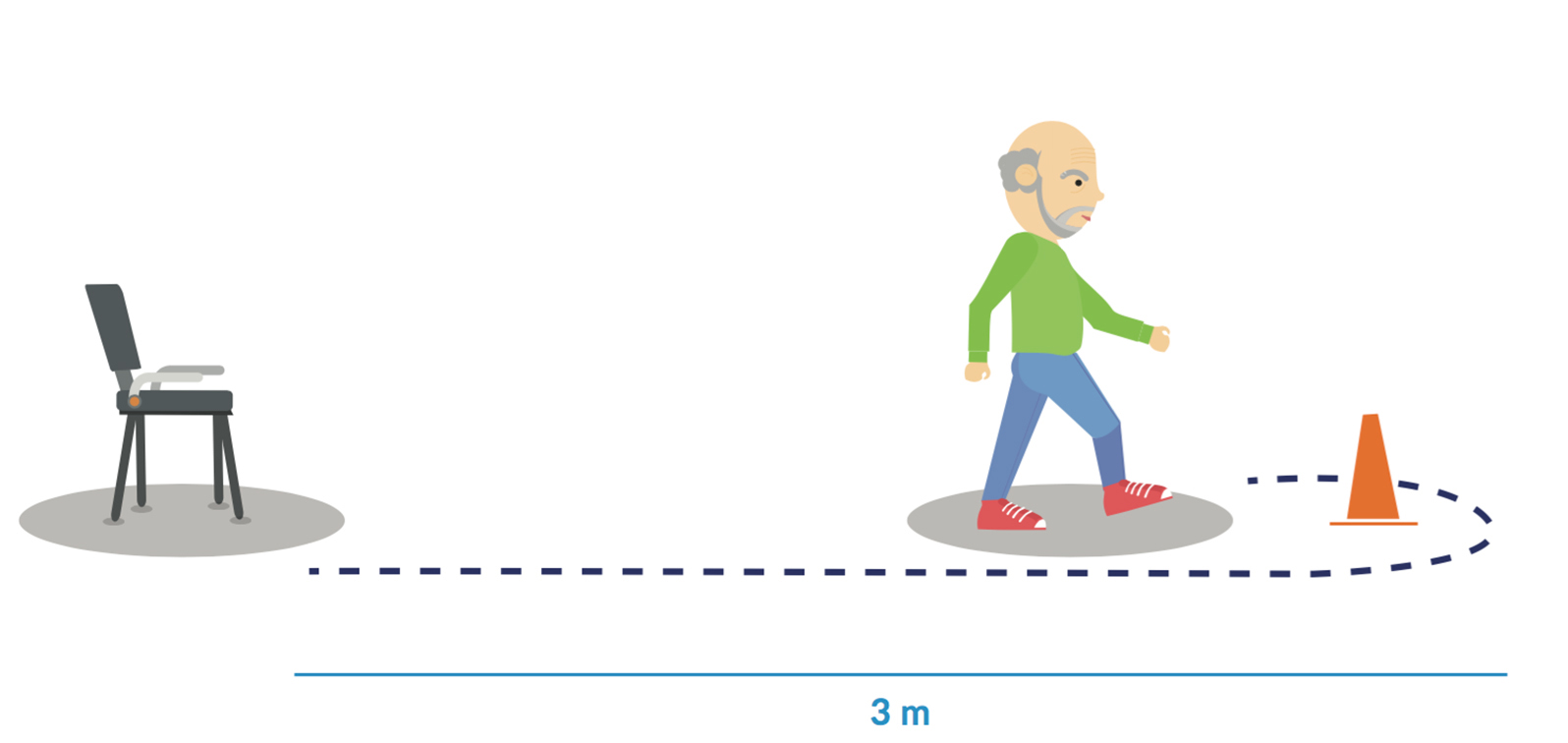

What risk of fall do osteoporosis women demonstrate as compared to healthy women?ģ. What is the level of physical fitness in women with osteoporosis as assessed by means of the Senior Fitness Test (SFT) when compared to healthy women?Ģ. The questions that study should solve was:ġ. The goal of the research work was to assess the risk of falls, and physical fitness in the group of women aged 60 to 65 years of age suffering from an identified osteoporosis in comparison to a similar group of healthy women. Additionally, it seems justified to compare the parameters tested with a control group of healthy women to see if osteoporosis itself has significant influence on them. Therefore, it seems justified, both from the point of view of treatment and prophylaxis, to investigate this relationship. However, there are no studies on the assessment of the risk of falling in relation to the level of physical fitness, the level of which is one of the most important determinants of the risk of falling. Studies to date have only focused on the risk of fracture among women with osteoporosis, or the risk of fracture associated with the possibility of falling. Decrease of physical activity, especially among women with osteoporosis, constitutes an independent death risk factor, and may lead to increasing the death rate among senior citizens 8. Activities involving physical movement influence significantly the improvement of motor coordination and, through that, constitute a specific prophylaxis of such body injuries, like stumbling or falling 6, 7. In the case of women suffering from osteoporosis, an appropriate level of physical fitness is also connected with the possibility of undertaking physical effort indispensable for stimulating the osteogenesis processes. Functional fitness plays a very considerable role both in prevention activities, and after a fall. Striving after improvement of coordination ability and balance aims, predominantly, at the improvement of such women's mobility and an increase in their independence in daily life, and also at reducing the risk of falls and other injuries 5.
Time up go test full#
The problem is also connected with the rising costs of treatment of fractures themselves and their complications 4.īalance disorders among senior women cause, first of all, limitations in their full social life functioning. The growing number of osteoporotic fractures relates to the periods of early and late senility, and the number of older and older senior men and women.
Time up go test plus#
glucocorticoids).Īll those elements cause increased risk of falls and fractures among persons aged 60 plus 3. Osteoporotic fractures may be the result of primary osteoporosis (associated with menopause and aging) and secondary osteoporosis (as a result of various diseases and taking medications that negatively affect bones, e.g. Treatment strategies are aimed at increasing the processes of osteogenesis 2. This is a serious problem, both medical, and economic one 1.

Often the disease develops without any symptoms, and the first symptoms appear only when the disease is considerably advanced. Those fractures are also called the osteoporotic fractures. Osteoporosis is a disease that affects the whole man's skeleton system, and it is marked, first of all, by the reduced mechanical strength of the skeleton, which results in increasing the risk of fractures. A higher percentage of great and serious risk of fall was demonstrated among women with osteoporosis. Women with osteoporosis are marked by a lower physical fitness than healthy women. Essential differences were demonstrated in assessing the risk of falling with p < 0.01. Significant statistical differences in average results of physical fitness assessment were noticed as regards the following aspects: flexibility of the lower body part p < 0.001 flexibility of the upper body part p < 0.001. To assess the level of physical fitness, the Senior Fitness Test (SFT) was used, while the Tinetti POMA (Performance Oriented Mobility Assessment) and Timed Up&Go test (TUG) were used to asses the risk of fall. The main question was: What is the level of physical fitness and risk of fall among women with osteoporosis compared to healthy women? The research included 262 women aged 60 to 65 of age: 135 with osteoporosis and 127 healthy ones, living in the Małopolskie and the Świętokrzyskie Provinces of Poland. The main aim of the study was to assess the risk of falls, and physical fitness in the group of women aged 60 to 65 years of age suffering from an identified osteoporosis in comparison to a similar group of healthy women.


 0 kommentar(er)
0 kommentar(er)
